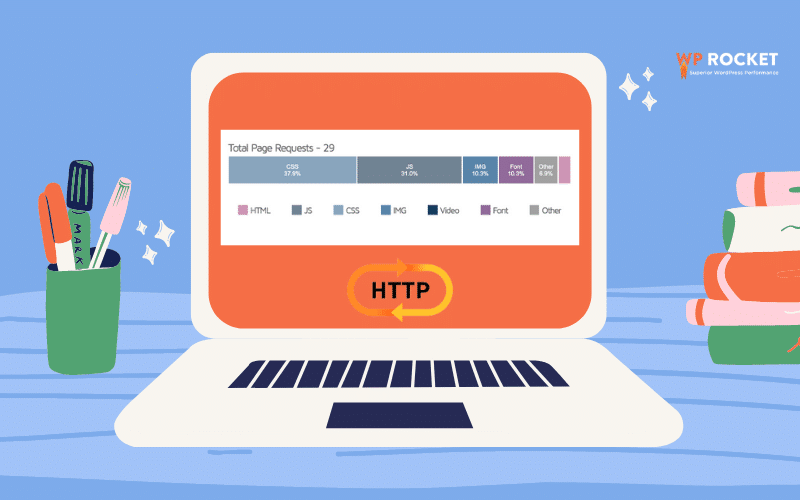Have you ever clicked on a website and then waited impatiently as it slowly loaded? Those frustrating delays are often caused by a high number of HTTP requests. In this article, we’ll explore how minimizing HTTP requests can significantly improve your website’s speed and user experience.
Understanding HTTP Requests
Every time your web browser displays an element on a webpage, it sends an HTTP request to the server. These requests can be for things like HTML code, images, CSS styles, and JavaScript files. The more requests a page requires, the longer it takes to load.
Why Minimize HTTP Requests?
Too many HTTP requests can significantly slow down your website. This can lead to frustrated visitors who abandon your site before it even finishes loading. Studies show a direct correlation between website speed and user engagement. A faster website keeps visitors happy and improves your chances of conversion.
Strategies to Minimize HTTP Requests
Here are some effective strategies to reduce the number of HTTP requests your website makes:
Combine CSS and JavaScript Files: Instead of loading multiple CSS and JavaScript files, combine them into single files for each type. This reduces the number of requests the browser needs to make.
Minify CSS, JavaScript, and HTML: Minification removes unnecessary characters like whitespace and comments from your code, reducing file size and speeding up download times.
Use Image Sprites: Combine multiple small images into a single larger image (sprite) and use CSS to position specific sections on the page. This reduces the number of HTTP requests for images.
Lazy Load Images and Scripts: Don’t load all images and scripts at once, especially those below the fold (the part of the page not initially visible). Load them only when the user scrolls down to them, reducing initial page load time.
Reduce Unnecessary Third-Party Scripts: Third-party scripts like social media widgets and analytics trackers can add HTTP requests. Evaluate if these scripts are essential and consider alternatives that minimize requests.
Employ Browser Caching: Set expiry headers to instruct browsers to cache static content like images and CSS files. This way, the browser doesn’t need to download them again on subsequent visits.
Utilize Content Delivery Networks (CDNs): A CDN stores copies of your website’s content on servers around the world. This allows users to download content from the nearest server, reducing load times.
Tools for Optimizing HTTP Requests
Several tools can help you identify and reduce HTTP requests:
Performance Testing Tools: Tools like Google PageSpeed Insights and GTmetrix analyze your website and offer recommendations for improvement, including optimizing HTTP requests.
Browser Developer Tools: Your browser’s built-in developer tools allow you to analyze HTTP requests for your website and identify areas for optimization.
Case Studies
Here are a couple of examples of websites that successfully minimized HTTP requests and the positive impact it had:
Ecommerce Website: The5kshop is a popular online clothing store. They faced high bounce rates due to slow loading times. By implementing strategies like combining CSS files, minifying code, and using lazy loading for images, they reduced HTTP requests by 30%. This resulted in a 2-second improvement in page load time and a 15% increase in conversion rate.
News Website: Channel Television struggled with slow loading times for their mobile users. By utilizing a CDN and optimizing image sizes, they reduced HTTP requests by 25%. This led to a 40% decrease in mobile page load time and a significant improvement in user engagement, with users spending more time browsing articles.
These are just a few examples, and there are many case studies available online that showcase the power of minimizing HTTP requests for website performance. By researching case studies relevant to your industry, you can find even more compelling examples to illustrate the benefits of website speed optimization.
Conclusion
By minimizing HTTP requests, you can significantly improve your website’s speed and provide a better user experience. By implementing the strategies and tools discussed in this article, you can ensure your website loads quickly and keeps your visitors happy. Remember, a faster website is a more successful website!




